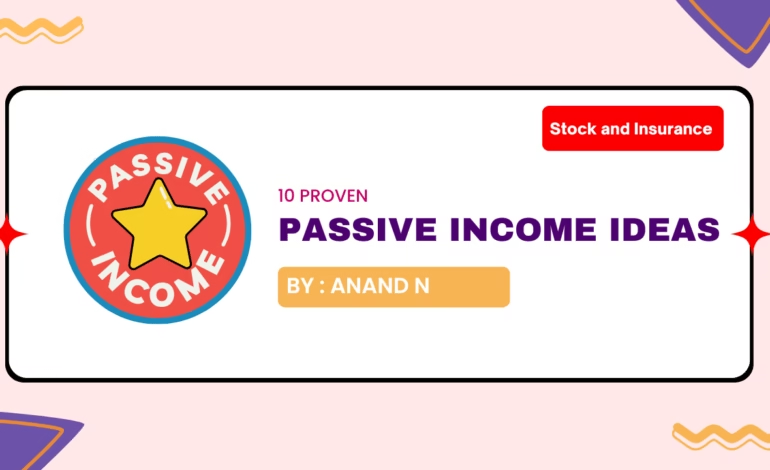
When you are just starting your investing journey, one of the biggest challenges is figuring out how to pick the right stocks. Most beginners feel lost staring at endless tickers, charts, and ratios. That is exactly where stock screeners come in.
Stock screeners are powerful tools that allow investors to filter and analyze stocks based on specific criteria, like price to earnings ratios, dividend yield, sector, or even analyst ratings. In 2026, stock screeners are more advanced, beginner-friendly, and integrated with AI-powered insights than ever before.
If you are a new investor in the US, UK, Canada, Australia, or Singapore, this guide will show you the best stock screeners for beginner investors in 2026 and how to use them effectively.
Why Beginners Should Use a Stock Screener
Imagine you walk into a supermarket with thousands of products on shelves. Without any list or filter, you will get overwhelmed. A stock screener is your shopping assistant that tells you which products or stocks fit your budget, taste, and goals.
For example:
If you are looking for high-dividend stocks in Canada, a screener can instantly filter them out.
If you are curious about tech companies under 50 dollars in the US, you will find them in seconds.
If you want safe blue-chip picks in the UK or Singapore, you can apply filters and shortlist them instantly.
In short, stock screeners save you time, reduce confusion, and improve decision-making.
What Makes a Good Stock Screener for Beginners
Not every screener is beginner-friendly. Many are built for professional traders with overwhelming dashboards. For beginners in 2026, here are the must-have features to look for:
- Easy-to-use interface with simple filters.
- Educational guides explaining financial ratios.
- Preset filters such as Top Dividend Stocks, Growth Stocks, or Value Picks.
- Real-time market data that updates instantly.
- Cross-market support that covers US, UK, Canadian, Australian, and Singapore exchanges.
- Integration with broker accounts so you can screen and invest directly.
- AI recommendations that suggest stocks based on your risk profile.
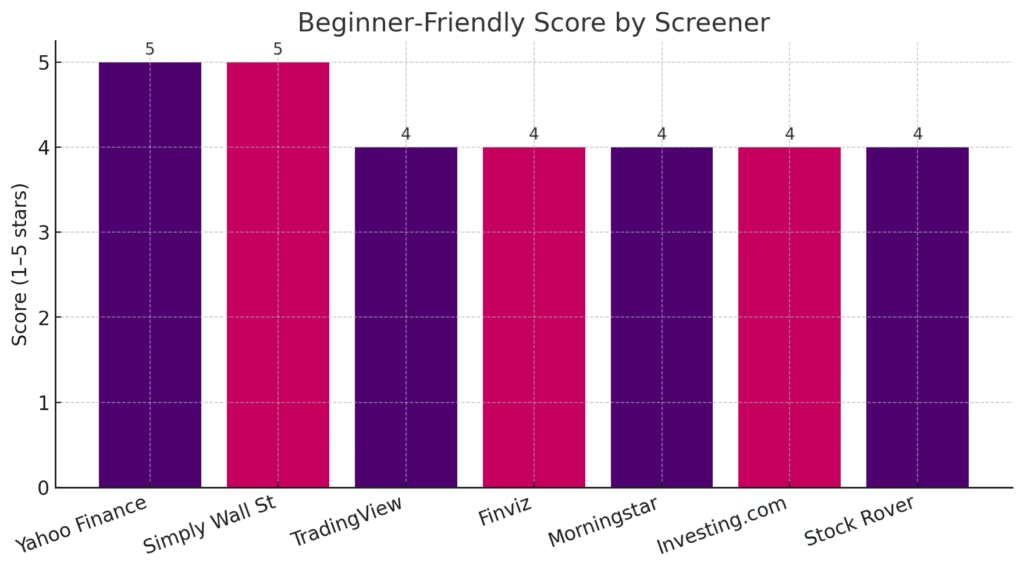
Best Stock Screeners for Beginner Investors in 2026 Overview
Here is a quick snapshot before we dive deeper.
| Stock Screener | Best For | Region Coverage | Beginner-Friendly Score |
|---|---|---|---|
| TradingView | Charts and Global Coverage | US, UK, Canada, Asia | ⭐⭐⭐⭐ |
| Yahoo Finance Screener | Simplicity | US, UK, Canada | ⭐⭐⭐⭐⭐ |
| Finviz | Quick filters | US only | ⭐⭐⭐⭐ |
| Simply Wall St | Visual investors | Global | ⭐⭐⭐⭐⭐ |
| Morningstar | Research depth | US, UK, Canada, Australia | ⭐⭐⭐⭐ |
| Investing.com Screener | Multi-market | Global | ⭐⭐⭐⭐ |
| Stock Rover | Dividend and value focus | US and Canada | ⭐⭐⭐⭐ |
| Stock and Insurance | Stock Analysis & Review | US, UK, Canada, Singapore, Australia | ⭐⭐⭐⭐⭐ |
Deep Dive into Yahoo Finance Stock Screener
If you are brand new to investing, Yahoo Finance Screener is the perfect place to start. It is free, beginner-friendly, and widely used across tier 1 countries.
Key Features
Free access with no sign-up required.
Preset filters such as Undervalued Growth Stocks.
Supports US, UK, and Canadian markets.
Great for quick checks without overwhelming data.
Example:
Let us say you want to find dividend-paying stocks in the UK. Just open Yahoo Finance Screener, select the UK market, apply the Dividend Yield greater than 3 percent filter, and instantly you will have a ready-made list.
Quiz for you:
What filter would you apply if you want to find tech stocks under 20 dollars in the US market? Share your answer in the comments, and I will give a quick walkthrough for the first three responses.
Deep Dive into TradingView Stock Screener
TradingView is not just about beautiful charts. It also has one of the most versatile screeners for beginners in 2026.
Why It Is Beginner-Friendly
Global market coverage across US, UK, Canada, Singapore, and Australia.
Simple interface with adjustable filters.
AI-driven ideas and stock insights.
Integration with brokers worldwide.
Use Case:
Imagine you are in Singapore and want to find banking sector stocks with a price-to-earnings ratio below 15. TradingView’s screener allows you to do that in seconds while also showing live charts for comparison.
Have you ever used TradingView for free? Comment below with your favorite feature. Most people love the charting, but the screener is often overlooked.
Morningstar Stock Screener
Morningstar is well-known for its in-depth research, and its stock screener is a solid choice for beginners who want to combine simple filtering with world-class analysis.
Why It Stands Out
Morningstar provides analyst ratings on thousands of global stocks, making it easier to understand which companies are undervalued or overvalued.
It covers US, UK, Canadian, and Australian markets comprehensively.
You can filter stocks by fundamentals such as price-to-book ratio, dividend yield, and revenue growth.
It gives you access to Morningstar’s famous star rating system, which simplifies decision-making.
Example:
Imagine you are a Canadian beginner investor looking for undervalued blue-chip companies. Using Morningstar, you can filter by companies with a high star rating and a price-to-earnings ratio below the industry average.
Question for you:
If you had to choose between analyst ratings and raw financial ratios, which would you trust more? Share your answer in the comments, and let us discuss which is better for beginners.
Simply Wall St Screener
If you are a visual learner, Simply Wall St is a game-changer. This screener takes complex financial data and transforms it into beautiful infographics that are easy to digest.
Key Benefits
Visual reports help beginners understand financial metrics without feeling overwhelmed.
Global coverage including the US, UK, Canada, Australia, and Singapore.
It highlights company strengths and weaknesses using a snowflake diagram that shows valuation, future growth, past performance, financial health, and dividends.
The interface is intuitive, perfect for investors who dislike spreadsheets.
Example:
Suppose you want to analyze UK technology stocks in 2026. Simply Wall St will not only give you a list but also show each company’s growth potential, balance sheet health, and dividend outlook in a single visual snapshot.
Quiz for you:
Would you find visuals more helpful than numbers when comparing two companies? Drop a yes or no in the comments and tell us why.
Finviz Stock Screener
Finviz is one of the most popular screeners among US-based investors. While it focuses primarily on the US market, it is highly effective for beginners who want quick and simple filtering options.
Why Beginners Like It
Free access with easy-to-use filters.
Heat maps that show which sectors are performing well.
Preset filters for dividend stocks, undervalued stocks, or penny stocks.
Ability to spot trends visually through charts.
Use Case:
Let us say you are new to investing and want to explore the energy sector in the US. Finviz can instantly filter all energy companies and present them on a heat map, helping you quickly see which ones are performing well and which are lagging.
Question for you
Have you ever used Finviz heat maps? What was your first impression? Some people find them addictive once they start exploring.
Stock Rover
Stock Rover is particularly useful for dividend and value investors. For beginners who want to build a long-term portfolio focused on steady returns, Stock Rover is worth considering.
Highlights
Strong focus on dividend screening, with filters like dividend growth and payout ratios.
Covers US and Canadian markets extensively.
Allows backtesting of portfolios, helping beginners see how their picks might have performed in the past.
Includes prebuilt screeners like Buffett-style value stocks.
Example:
If you are a Canadian beginner investor aiming to create a dividend-focused retirement portfolio, Stock Rover allows you to filter by dividend growth over the past five years and companies with a payout ratio under 60 percent. This way, you can ensure stability while avoiding risky dividend traps.
Question for you
Would you prefer a screener that helps you find dividend stocks for the long term, or are you more interested in short-term growth opportunities? Share your thoughts in the comments below.
Investing.com Stock Screener
Investing.com is one of the most global screeners available today. It covers nearly every major stock exchange worldwide and is a reliable free option for beginners who want variety.
Why It Works for Beginners
Coverage across US, UK, Canada, Singapore, Australia, and dozens of other markets.
Simple interface with key filters like P/E ratio, market cap, and dividend yield.
Free and easy to use, no sign-up required for basic features.
Strong educational resources for beginners to understand stock metrics.
Example Scenario:
If you are a beginner investor in Singapore and want to find small-cap stocks under 1 billion dollars with a high growth potential, Investing.com screener makes this possible with a few clicks.
Would you rather use a global screener that covers multiple countries, or would you stick to a local screener for your home market? Comment below so we can compare different strategies.
Stock and Insurance
In addition to these popular stock screeners, you should also explore emerging platforms like our own website Stock and Insurance. We may be new to the market, but our goal is clear: to make investing simpler for beginners.
On our platform, you will find:
- Stock Analysis Pages for individual companies where we break down fundamentals in plain English.
- Tools and Calculators to help you evaluate potential investments with ease.
- Stock Reviews written with transparency to help you avoid hype and focus on long-term value.
We built Stock and Insurance because we know the struggle of being a beginner investor. By combining screeners, research, and educational content, our mission is to give you clarity and confidence in every investment decision.
we explored some of the most reliable stock screeners for beginners, including Yahoo Finance, TradingView, Morningstar, Simply Wall St, Finviz, Stock Rover, Investing.com and Stock and Insurance. Now it is time to step back and compare them side by side. More importantly, I want to show you how to actually use them in real life when building your first portfolio. After all, screeners are only tools. The real magic happens when you combine them with discipline, patience, and a clear investing strategy.
Side-by-Side Comparison of Screeners
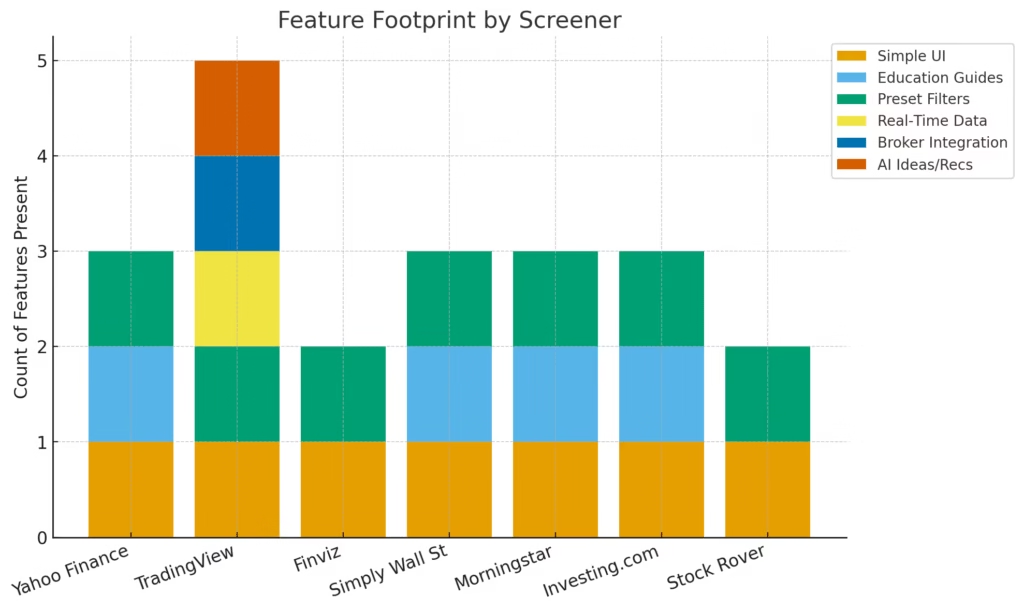
When you are new to investing, it is easy to get overwhelmed with too many options. Let us simplify.
- Yahoo Finance: Free, simple, and widely available. Great for beginners who want a basic screener.
- TradingView: Perfect for visual learners and people interested in technical analysis.
- Morningstar: Ideal for investors who want analyst-backed research and deep financial insights.
- Simply Wall St: Best for beginners who prefer visuals and infographics over spreadsheets.
- Finviz: Strong US focus with powerful heat maps. Good for spotting trends quickly.
- Stock Rover: Great for dividend and value investors in the US and Canada.
- Investing.com: Best for global coverage and free access to multiple markets.
- Stock and Insurance: New to the market. It is Free, simple and beginners friendly.
Question for you:
If you had to pick only one screener to start your journey in 2026, which would it be and why? Share in the comments. I will personally reply with suggestions on how you can make the most of your chosen platform.
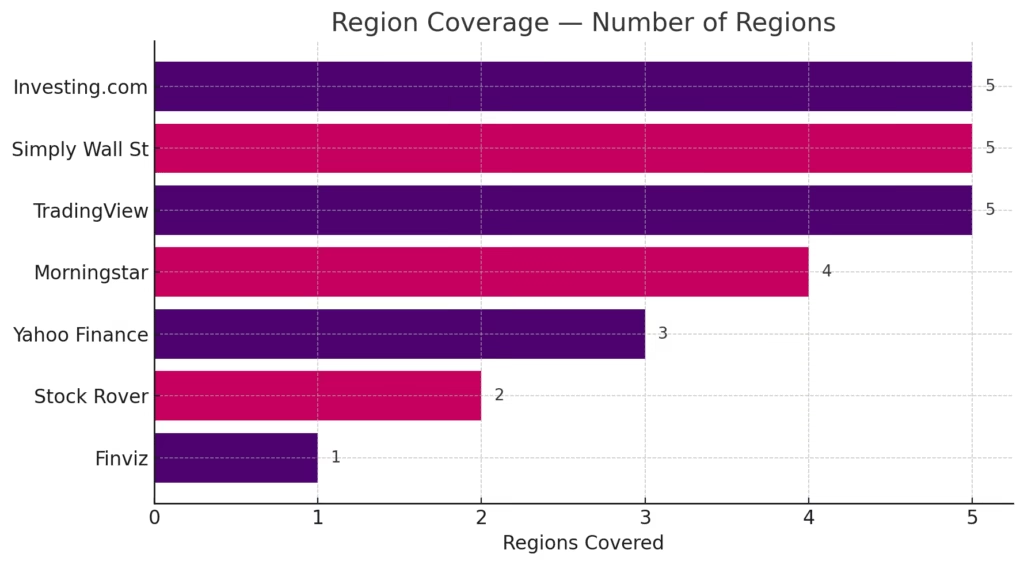
How to Use Screeners in Real Life
Screeners alone will not make you wealthy. The way you use them matters. Here are some actionable steps you can follow.
Step 1: Define Your Goal
Are you investing for short-term gains, retirement, or dividend income? For example, if your goal is long-term wealth, Stock Rover and Morningstar might be better.
Step 2: Apply Basic Filters
Start with simple filters like market cap, sector, and P/E ratio. Do not overcomplicate at the beginning.
Step 3: Compare Across Screeners
Check the same company across different platforms. For example, analyze Apple on Yahoo Finance, TradingView, and Simply Wall St. Notice how each platform highlights something different.
Step 4: Build a Watchlist
Most screeners allow you to create a free watchlist. Add your shortlisted stocks and track them weekly.
Step 5: Stay Consistent
The power of investing comes from regular action, not one-time decisions. Screeners are tools to guide you, but your consistency is the driver of returns.
Practical Example
Imagine you are a beginner investor in Canada in 2026 with $500 to start.
- You log into Morningstar to filter undervalued blue-chip companies.
- Then you cross-check the same stocks on Simply Wall St to see the visual snowflake report.
- Finally, you use TradingView to look at the price chart and set alerts for entry points.
By combining these three, you now have financial analysis, visual insights, and technical confirmation. That is how professionals approach stock research, and you can do it too even as a beginner.
Common Beginner Mistakes with Screeners
Let me share some lessons I learned the hard way.
- Relying on one screener only: No single tool has all the answers.
- Over-filtering: If you use too many filters, you may eliminate good opportunities.
- Ignoring fundamentals: Fancy charts mean nothing if the company has weak financials.
- Chasing hype: Beginners sometimes search for “trending” stocks instead of solid businesses.
- Not tracking progress: You need to monitor your watchlist regularly, not once a year.
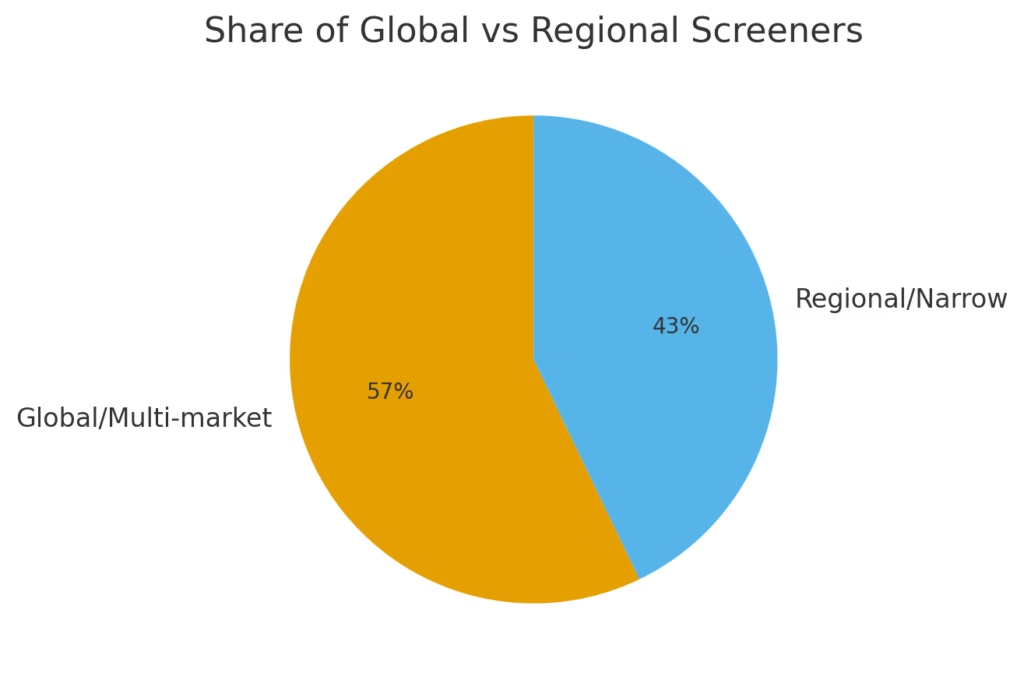
Reader Interaction Section
Let’s make this interactive. I want to hear from you.
Question 1: What is the biggest challenge you face as a beginner investor in 2026? Is it choosing stocks, understanding data, or just getting started?
Question 2: Do you think stock screeners make investing too easy, or do you still feel there is a steep learning curve?
Post your answers in the comments. I will respond with tailored advice.
My Final Thoughts
The best stock screeners for beginner investors in 2026 are not just about technology, they are about confidence. Whether you use Yahoo Finance for free data, Simply Wall St for visuals, or Morningstar for professional insights, the key is to start.
I always remind new investors: tools can guide you, but your mindset decides your wealth. Even the most advanced screener cannot replace patience, discipline, and consistent contributions to your portfolio.
If you are still unsure where to begin, start small. Pick one screener, filter for companies you already know like Apple, Microsoft, or Tesla, and practice analyzing them. Over time, you will build confidence and start spotting opportunities others miss.
And if you want to take your investing journey further, check out our internal guide on long-term portfolio building for beginners.
Remember, every investor you admire today was once a beginner who typed their first stock symbol into a screener. 2026 could be the year you look back and say, “That is when I started.”

